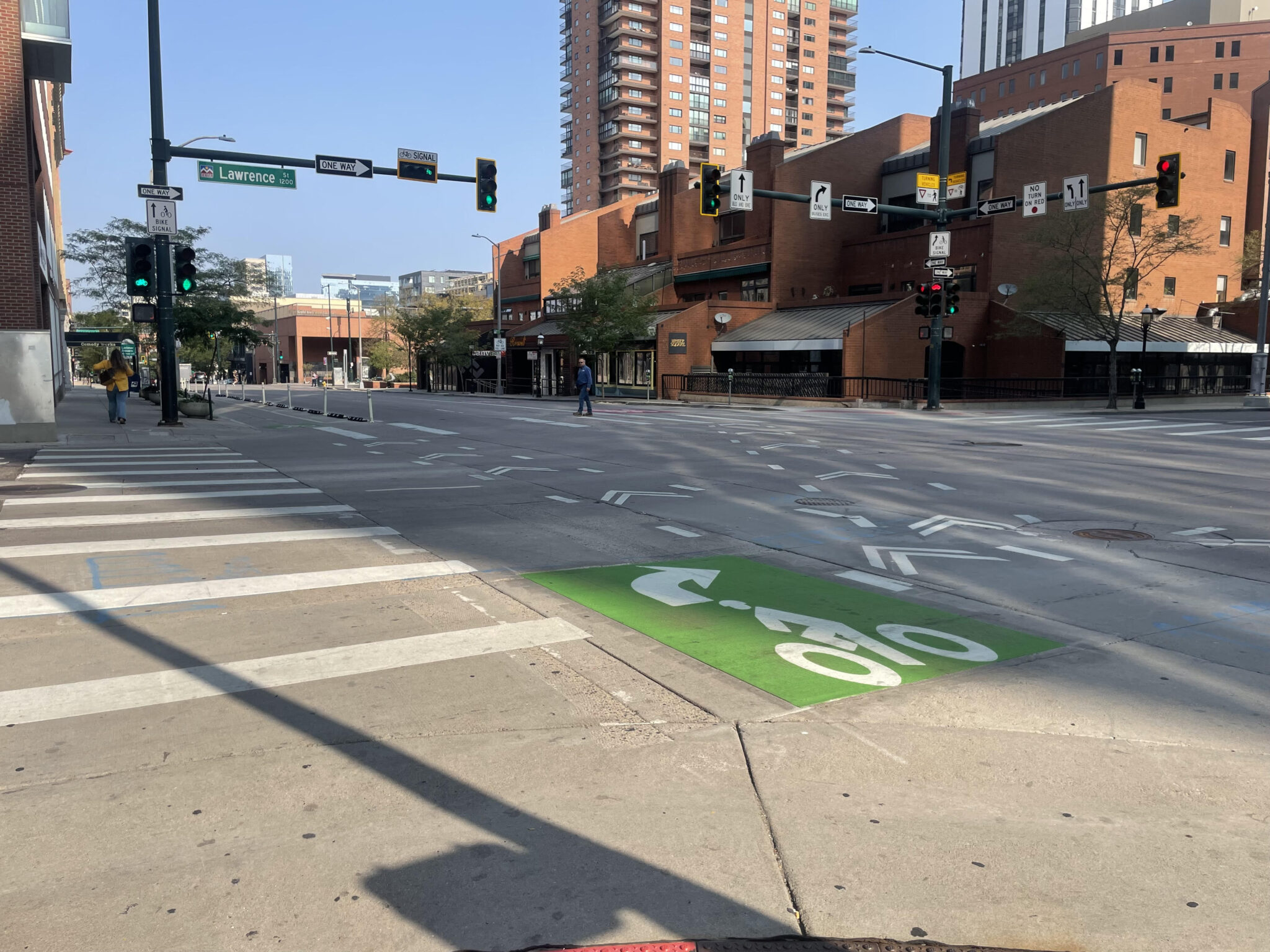This map shows approximately how much snow it takes to cancel school in various parts of the United States.
Map from Reddit user atrubetskoy.
The map’s author explains the methodology:
“[It’s from a] combination of a /r/SampleSize survey, City-data.com threads, NOAA maps and some other local news sources.”
So while it may not be the most precise or reliable data, it’s still an interesting general look at snow closure patterns around the country.











I think it makes more sense to make the decisions the day before when the forecast is the most accurate so students and teachers should plan ahead. If there is a severe weather alert for an overnight snow storm, at the very least school should have a delayed start. For safety of our students and faculty, why do we insist on putting them in dangerous positions? Who is responsible if these kids/faculty get hurt on their way to school due to weather conditions? Another thing I don’t understand is that if all the districts in the surrounding areas are closed, why do some districts INSIST on staying open no matter what? This is unsafe and we are sending a clear message to our students and faculty: we do not care about your safety we only care about the “bottom line”.
What about Canada, eh?
The author attributes high thresholds for closer in central cities to greater snow clearance capacity, but the justification that I have heard in Denver from school officials is that snow days should be declared only in the most extreme conditions because many low income students rely upon school attendance for two meals a day (breakfast and lunch) and for a safe environment that would not be present with absent parents who have to work if they stayed home. Hence, the considerations are more socio-economic and social welfare oriented than weather condition response driven.
Another factor in central cities is that the average distance traveled to school is typically much shorter in central city urban school districts than in suburban and rural districts. For example, there are about 82 elementary schools in Denver and the number of square miles of Denver with meaningful numbers of residential inhabitants that are home to elementary school aged kids (e.g. excluding jails) is not huge. Not everyone attends a neighborhood school, but few people attend the most distant possible elementary school either. Ditto at middle school and high school levels (and at the high school level the district isn’t even involved in providing transportation in the vast majority of cases).